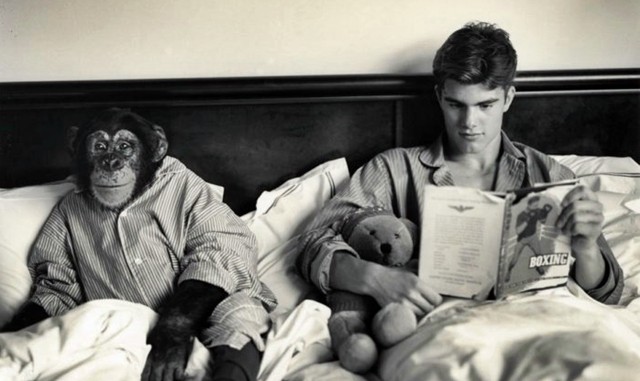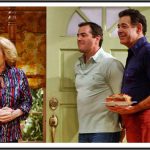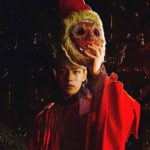
By Jae-Ha Kim
Chicago Sun-Times
November 16, 2001
![]()
The camera is focused on a group of young friends. Each is more handsome than the next. They have the kind of hard, fit bodies you only find at the Olympics or on the cover of GQ magazine. As moviegoers watch the men, filmmaker Bruce Weber relays the story on how he, at their age, was too embarrassed to change clothes in front of other boys in the locker room. He wistfully admits, “We sometimes photograph things we can never be.”
“Chop Suey” is a ravishing look at things he loves. And Weber appreciates nothing more than otherworldly beauty. Like the images he photographs in his high fashion shoots, Weber works in stylized detail. He opens the documentary with a montage of images of Peter Johnson. Weber discovered Johnson in a high school gym class in Wisconsin where Johnson was a champion wrestler. His dark features, chiseled face and not yet fully developed body were perfect for the fashion industry, and Johnson went on to model for high end designers such as Versace, Ralph Lauren and Karl Lagerfeld.
There is a photo of him grinning ear to ear posing next to Pamela Anderson. He is the prettier of the two.
Weber doesn’t bore us with details about what he was doing at a Wisconsin high school. Instead, he shows us how he found a cookbook called “Chop Suey” and thought it would be a good name for a camera club devoted to photographing this beautiful kid from Wisconsin. It seems as if Weber enjoyed the challenge of transforming a beautiful, heterosexual high school boy into a confident male model who wouldn’t balk at posing in frothy evening gowns or in the nude.
Describing his pictures, Weber says, “All I can remember is not how I chose the f-stop, but why.”
Unlike “Let’s Get Lost,” his stunning 1988 homage to jazzman Chet Baker, Weber focuses on Johnson but supplements the film with a dozen other fascinating subjects. Just as your eyes are feasting on Johnson, Weber quickly switches to black-and-white footage of vocalist Frances Faye performing on “The Ed Sullivan Show.” The cousin of Danny Kaye, Faye was a legend in her day. Though her fans included Frank Sinatra, Bing Crosby and Sammy Davis Jr., clubs were wary of booking her on their main stages. She was considered controversial–a lesbian who was very open about her sexuality (“My name is Faye/gay, gay, gay!”).
Her surviving partner, Teri Shepherd, relates a funny anecdote about meeting Faye’s Russian mother for the first time. The elder Faye gave her seal of approval of the relationship when she said, “Teri is the best son-in-law I have.”
We also are introduced to jujitsu champion Rickson Gracie, surfer Christian Fletcher, the late, great Robert Mitchum and actor Jan-Michael Vincent in his prime. In 1972, Weber got his first celebrity photo assignment when he was sent to Mexico to shoot Vincent, who was starring in “Buster & Billie.” Blond and golden, Vincent shows the promise of what the future had in store for him. No one could have known then that the impossibly good looking actor would end up battling drugs and alcohol, being accused of battering women and watching his career tank.
In China, there is no dish called chop suey. It is an offering designed to appeal to American palates. Not everyone will like “Chop Suey,” but you won’t be able to deny the underlying beauty of the film, or the lasting hypnotic effect it has on you.





